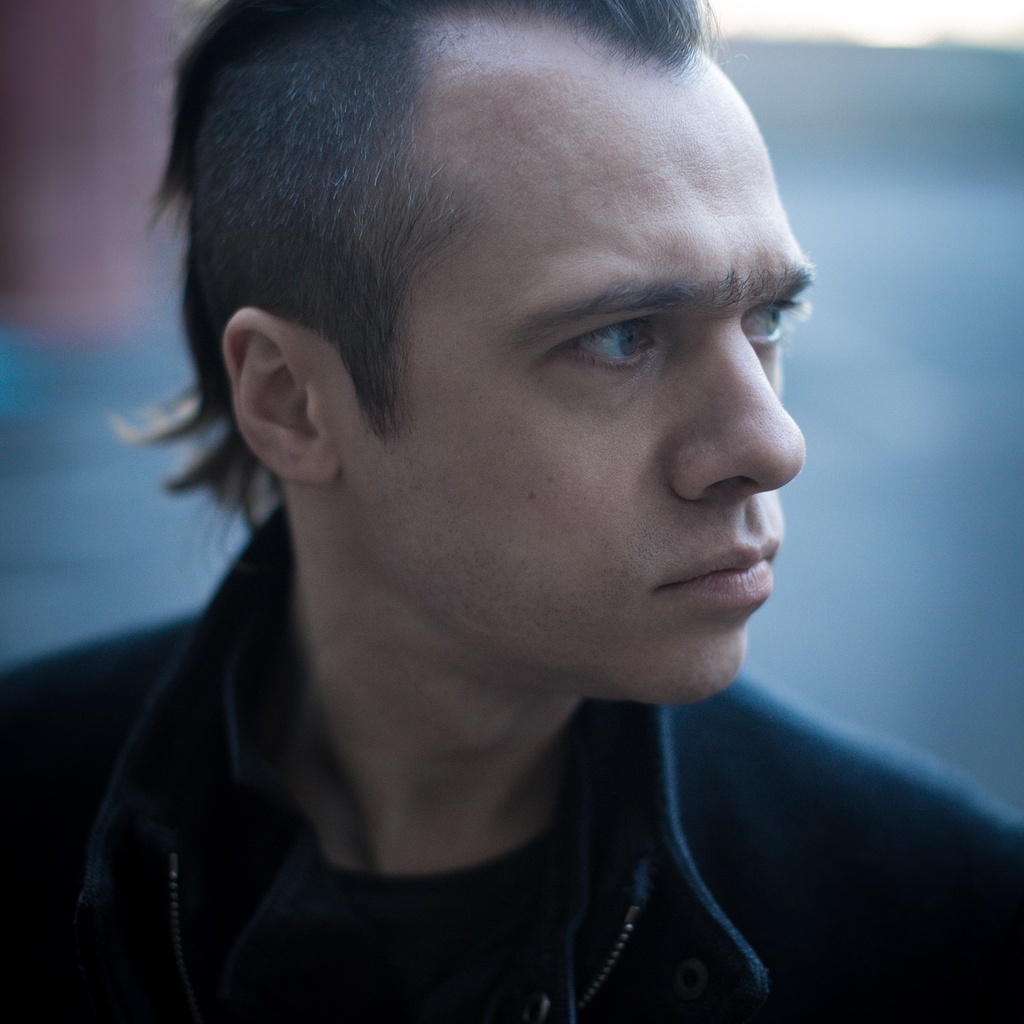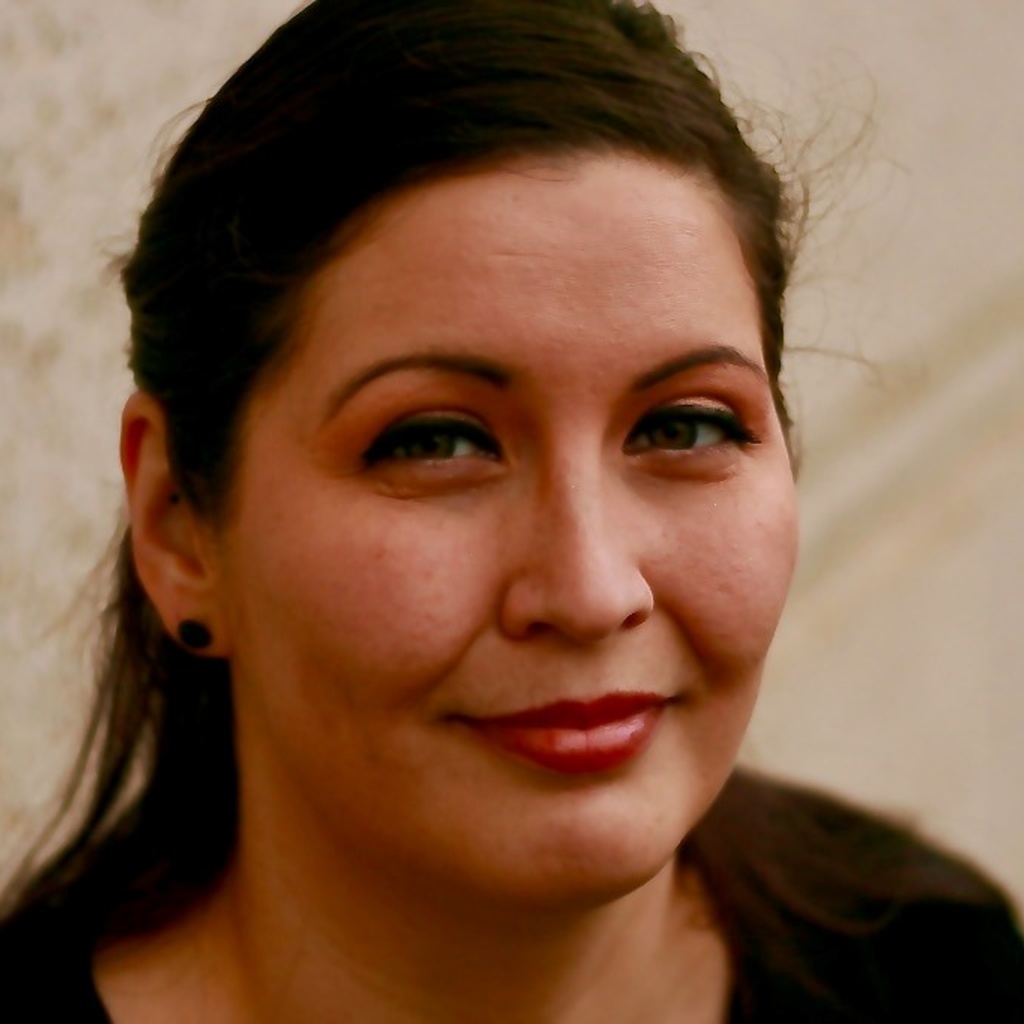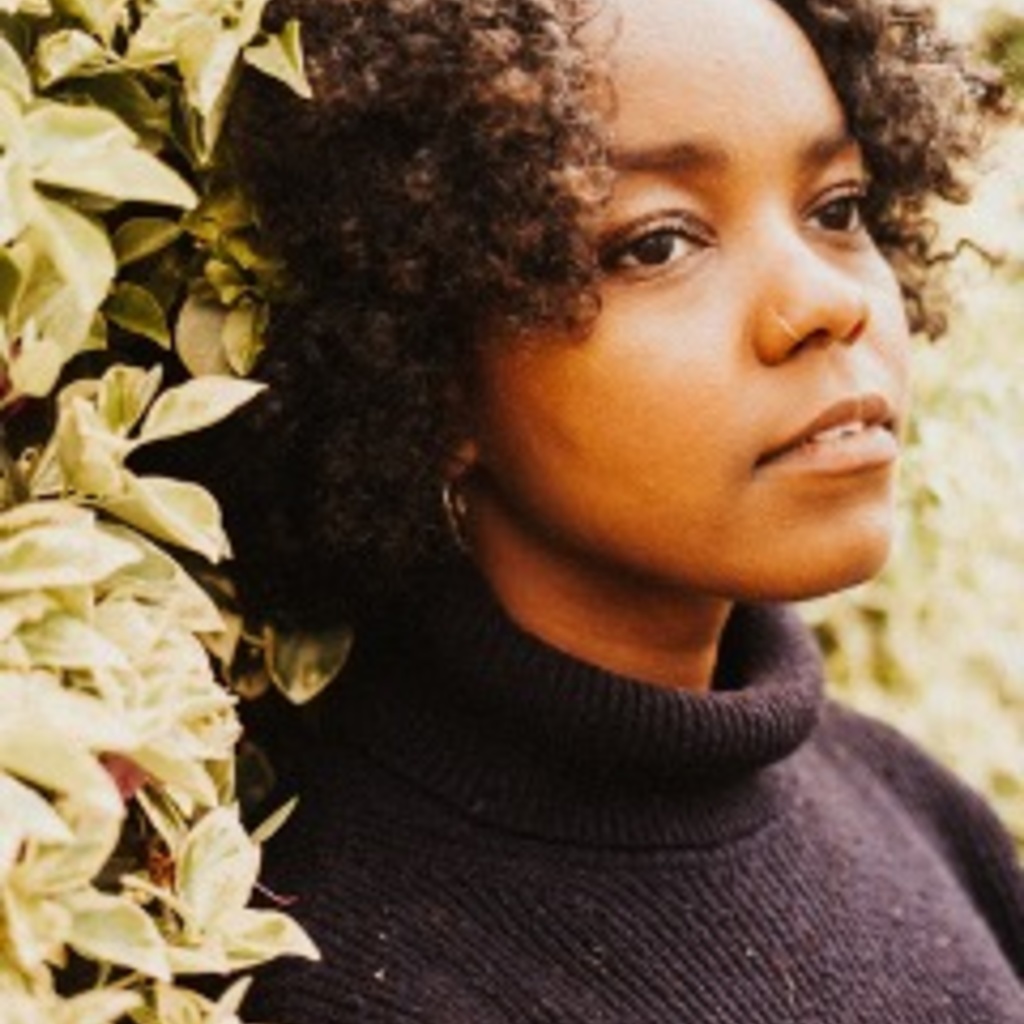Collaborative Performance has been created through the Department of Dance to bring together dance artists and advanced practitioners from varied disciplines for the purpose of fostering an environment for artistic collaboration, culminating in devised performances, installations, video or audio works, or new modalities for virtual audiences that incorporate movement in the composition.
The works below were created during the fall 2020 Collaborative Performance course, led by Tony Orrico.
a conversation with the air around my body
Director: Kenneth Collins
Author: Laila Franklin
Production Designer: Kimberly Fain
Composer: Matt Mason
a conversation with the air around my body is a short, choreographic work for video exposing the psychological/physiological terrain of embodied writing as a site for public performance. Stillness, weight, and kinesthetic awareness are translated through the dancer’s mind/body into words that appear as text on a screen. These words are then translated in real time through an artificial intelligence interface to generate the performance’s musical score. In the same way the physical intelligence of the body is translated by the mind into words, the letters of these words are abstracted into musical notes through the algorithmic thinking of a computer interface. This work regards the body of the dancer as a contradictory site--a location of continuous resistance and surrender. As the external forces of gravity and inertia are resisted and redirected by the innate, internal energy of the dancer’s body, this intimate interaction is translated into a moment-by-moment, first-person narrative encounter. The resulting text is the residue and evidence of this ephemeral, embodied experience.
Morning Hours
Direction: Stephan Carlson
Audio: Stephan Carlson and Maxwell Denney
Movement: Angelica DeLashmette Hurst
Videography: Julia Cooper
THIS PIECE IS ABOUT THE MAGNIFICATION OF NEGATIVE SPACE. Can you weigh emptiness? If emptiness could talk to us, how loudly would it speak? In an encounter with that which is left, we are engaged with something from beyond the subliminal, marooned to interrogate our consciousness. The embodied silence comes into focus through the disruption of the timeline, allowing sound to remain with and without the presence of the physical form. These are the phantoms of our dialogue with space.
Untitled (red)
Collaborators: Kenneth Collins and Maxwell Denney
Untitled (red) is a short work for video that draws inspiration from text within Jospeh Alber’s book, Interaction of Color (1963, Yale). It is a meditation on the color red--a color that has deep significance in many cultures. Historically, it has often been the first color to be named as societies develop. That is, it is the first color that differentiates itself from the “noise” of the world. Red is also thought to be the first color we can discern as our vision develops and is imagined to be the last color we see before dying. Red is both the subject matter and material presence of our project. In the work, a monochrome red video undulates in juxtaposition with an original score derived from a performer reading aloud forty-five different names for the color red. The score manipulates this recording using analog tape, along with outmoded microcassette recorders, to change the pitch, speed, and timbre of the recording, creating a landscape of sound used to frame and underpin the original text naming these forty-five different kinds of red and their representation on screen.
"If one says "Red" (the name of a color) and there are 50 people listening, it can be expected that
there will be 50 different reds in their minds. And one can be sure that all these reds will be very different.Even when a certain color is specified which all listeners have seen innumerable times- such as the red of
the Coca-Cola signs which is the same red all over the country- they will still think of many different reds.Even if all the listeners have hundreds of reds in front of them from which to choose the Coca-Cola red,
they will again select quite different colors. And no one can be sure that he has found the precise red shade.And even if that red Coca-Cola sign with the white name in the middle is actually shown so that everyone focuses on the
same red, each will receive the same projection on his retina, but no one can be sure whether each has the same perception.When we consider further the associations and reactions which are experienced in connection with
the color and the name, probably everyone will diverge again in many different directions." (Albers, J. 1963, p. 3)1
immaculate, invisible
Dancer, Videographer, Editor: Laila Franklin
Music, Videographer: Matt Mason
immaculate, invisible is an audio-visual work by Laila Franklin and Matt Mason, exploring the nature of identity dissociation and visibility within the confines of a religious upbringing. By layering natural imagery, embodied visual performance, and cacophonous audio, we have created a collage of affections that disambiguates the relationship between one's personal identity and its conflicting nature with a religious childhood. The juxtaposition of beautiful, maternal images with discordant audio further defines this cognitive dissonance. In producing this work, we hope to have clearly defined how the duality of one's identity can either make them immaculate or invisible.
Hollow Voices
Movement, film, visual editing: Julia Cooper
Composition, sound editing: Stephan Carlson
The creative process for Hollow Voices was initiated by a conversation distilling shared experiences exploring the conflict between institution and individuation in the arts. This discussion was a development upon earlier dialogue that took place in the composition of a piece by Stephan Carlson for bassoon, called Solo for Bassoon. The process developed as a collaboration between artistic fields, exploring the conversation between audio, movement, and videography. The relationship between these languages resulted in a product that inhabits the tension of these lived experiences, asking the artists what it means to be an artistic self-- what is gained? What must be sacrificed?
Sublimation
Composer: Stephan Carlson
Production Artist: Kimberly Fain
Sublimation takes the viewer/listener on a journey through three environments: a cascading landscape; the operating deck of a space-ship; and a metaphysical environment in which the pastoral and galactic characters of the first two spaces are sublimated into a third and final space. Threaded through these three environments, serving as both a point of reference as well as reflection, is a Renaissance-styled setting of Ubi Caritas. Each of these three environments seem to emerge from the Ubi Caritas as it undergoes various transformations. Sound and light combine in a stretching of the senses, submerging the listener/viewer into other worldly spaces that seem to dwell just beneath the surface.
Meet the Student Collaborators
Stephan Carlson

Kenneth Collins

Julia Cooper

Angelica DeLashmette Hurst

Max Denney

Kimberly D. Fain

Laila Franklin

Matt Mason

1. Albers, J. (1963). Interaction of Color. Yale.
